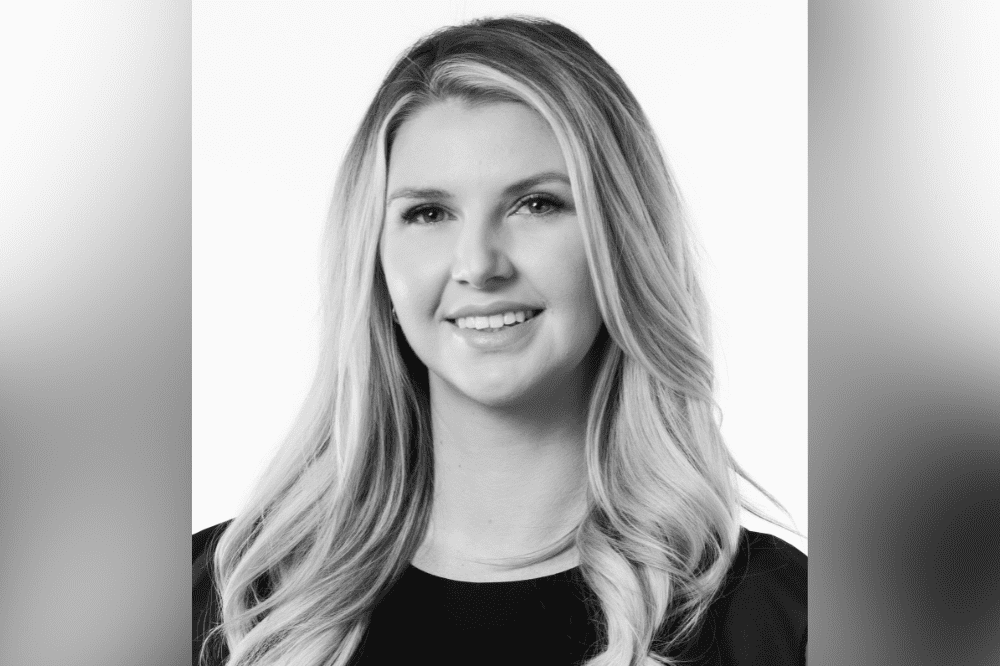Honan lifts lid on dramatic strata premium increases

Honan lifts lid on dramatic strata premium increases | Insurance Business Australia
Property
Honan lifts lid on dramatic strata premium increases
“There’s no real reason,” says broker
Strata insurance premiums continue to rise. A recent quarterly market update from Honan Insurance Group found that on average across the country, increases range from 15% to 20%. Some strata premiums are going up by as much as 35%.
Honan’s Teighan Carr (pictured above) suggested that one striking feature of the data is how many properties normally considered clean risks with no claims history are being hit by the higher end of these increases.
“Pretty benign residential and smaller to medium sized strata, they are attracting that higher end 20% to 30% increase and there’s no real reason,” said Carr, who is the brokerage’s head of client services for strata and real estate.
“The feedback we’re getting from the market is that where they have previously provided a discount on that risk, they are no longer able to maintain that,” said Sydney-based Carr. “Or they are now correcting their rate due to weather prone exposures, whereas in the past they weren’t necessarily doing that.”
Honan’s strata expert said properties in metropolitan areas are a particular focus of these rate increases by insurers.
“We’re getting the feedback [from insurers and underwriters] that past discounting can no longer be maintained or that weather prone exposures are now being accounted for in their premium,” she said.
Nat cats and a small number of agencies
Carr said a major cause of these ongoing increases is five years of natural catastrophes.
“There are only a small number of underwriting agencies providing strata insurance,” she said. “So when you’re hit with a natural catastrophe, the burden on those insurance companies is very isolated to them and the profitability starts to go down.”
Inflation is still a factor
The familiar inflation challenge is also playing a role in the strata premium increases.
“Inflation and the increased costs are obviously pushing up the price of [building] materials,” said Carr.
Other factors like labour shortages and delays getting materials are also playing into these bumped up premiums.
“It [labour shortages and delays] actually drags out both the length of the claim and the need for temporary accommodation or compensation for loss of rent, if those are triggered,” she said.
If a strata claim concerns nat cat damages in an isolated area, she said that also pushes up overall claims costs.
“That also creates a larger loss ratio for insurers which they will need to recoup on,” said Carr.
Capacity issues
She said another “driving factor” is capacity issues.
“Strata is a growing sector and a lot of strata that is being built currently is large design blocks,” said Carr. “There are only a handful of underwriting agencies that actually have the authority to write risks over about $40 million, building sum insured.”
She said the owners of larger value properties face a “drastically reduced” pool of underwriting agencies and a consequent lack of competition.
“On top of that there’s the issue, usually with newer, larger builds where we see associated ongoing defects that might either be from the original build or through faulty workmanship,” said Carr.
The Honan expert said this is also putting “a lot of pressure” on insurers trying to deal with their exposure.
Strata costs for residential and commercial buildings
Carr said the types of residential buildings attracting the bigger strata premium increases include those built before 1970. These aging developments could have maintenance issues, she said. For example, their original plumbing could result in more water damage claims.
“Then you’ve got your industrial and commercial risks, which again, over the last three years, we’ve seen a number of underwriting agencies shift in their underwriting guidelines or appetite on commercial risks and we’ve seen a lot of that scaled back,” said Carr.
She said tenants in many of these buildings are treated as “high hazard.” For example, said Carr, tenants involved in an industrial operation, using a warehouse or even a recycling business. Restaurants and bars, she said, can also be considered higher risk or higher hazard.
“The insurers are starting to rate correct to apply and charge the premium they think they need to cover that risk and because of the lack of competition in that space it continues to drive the price up,” said Carr.
Automating the strata quotation process
Honan recently automated its strata quotation process. Previously, this process was entirely manual with each data field inputted by a broker or member of the admin team. According to TCG Process, who provided the software for this automation, Honan has saved more than 5,300 hours nationally as a result.
TCG materials also said that Honan receives more than 120,000 strata policy quotations from insurers every year.
Are you a stakeholder in the strata sector? What are you challenges or concerns? Please tell us below.
Related Stories
Keep up with the latest news and events
Join our mailing list, it’s free!






